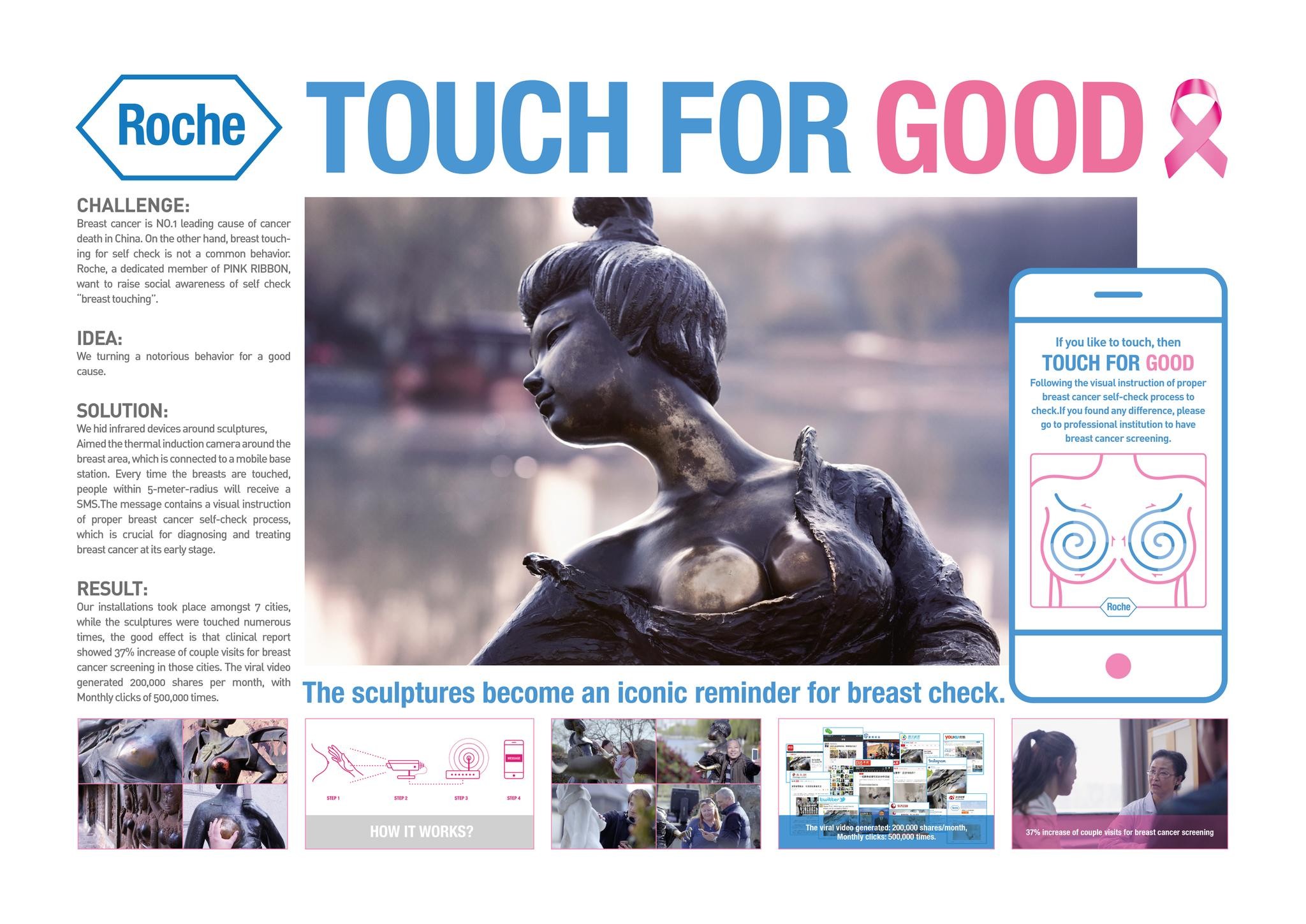Cannes Lions
The Smear Word.
MIND+MATTER, Brighton / ROCHE / 2022


Overview
Entries
Credits
Overview
Background
Let’s be honest…a cervical screening won’t be a highlight of anyone’s week. But the bare facts show us these appointments help prevent an astonishing 2,000 deaths each year in the UK.
This number could be so much higher if we could only persuade the one in four young people missing their appointments to attend. Young people with a cervix, put off partly because of the awkwardness, also had low understanding of HPV, the infection that can cause cervical cancer.
At its simplest, young people are going about their busy lives, absent-mindedly (or very deliberately) avoiding their screenings and shoving their appointment letters down the back of their sofas.
Our client Roche, utterly committed to reducing cancer deaths in the UK, asked us to tackle the problem.
Idea
Yet another sobering campaign about the long-term risks of non-attendance would not confront the immediate fears people with a cervix experience.
Inspired by the work of Phoebe Waller-Bridge and our own awkward experiences of cervical screening, our creative idea was simply to tell it like it is, presenting a frank, fresh perspective on ‘the smear’. Honest. Believable. Empathetic. And set as very much part of our audience’s day-to-day experience.
We knew that demystifying the process had to start with demystifying the language, so we’ve actively owned the ‘smear’ in an authentic exploration of young people’s concerns.
Led by a hero film and fresh Spotify ads, ‘The Smear Word’ was delivered ready for Cervical Screening Awareness week (14th – 20th June 2021) – with a tone, originality and unconventionality unlike any other public health campaign for cervical screenings.
Strategy
“I think it’s the sense of feeling exposed, a bit humiliated, feeling not body-confident, that sort of thing. Also worried it might hurt.”
Our baseline survey uncovered both quantitative and qualitative findings – like the eye-opening quote above – and told us everything we needed to know about our target audience.
A behavioural analysis identified the barriers stopping people from attending their screenings. It was an extensive list, ranging from embarrassment to the ‘smear fear’ to misconceptions around how people get HPV and cervical cancer.
So we knew we needed to create a campaign uncovering the naked truth about cervical screening. It would clear up myths, anxieties and empower young people with a cervix to own their health and have the confidence to go for their smear tests.
Our campaign would address the concerns our research uncovered and leave no reason to miss a smear test.
Execution
Our all-female cast and crew worked together from concept to production to create the hero film we’d tested in our focus groups.
Before launch, we released teasers of the film across social media. As we were targeting such a niche demographic, we gave ourselves as many opportunities as possible to reach our audience. And so, we ran paid media across Facebook and Instagram, along with Spotify ads, which spoke directly to our demographic with optimal targeting by location, gender and age. This resulted in 0% wastage. What’s more, our audience of 25-29-year-olds were most likely to use the free version of Spotify, making them more likely to be served our ads.
We also ran display ads, and selected two mid-level influencers based on age, interests and their total reach to share our campaign messaging on their social channels.
Outcome
The pandemic prevented everyone with a cervix from having a smear test for many months, but it was successful nonetheless.
The campaign generated more than 2 million impressions and almost 250,000 people saw our film.
• Over half who saw the campaign said it had encouraged them to attend their next screening. 44% were now more likely to attend future screenings.
• Asked why they wouldn’t attend a future cervical screening appointment, just 20% said fear the procedure would be painful would put them off (vs. 27% who didn’t see the campaign) and 34% said it would be embarrassment (vs. 43% who didn’t see the campaign)
• 76% of those who saw it correctly identified having certain types of HPV as a risk factor for developing cervical cancer (vs. 74% who didn’t).
By entertaining our audience rather than scaring them, this campaign changed behaviour and may even save some lives.
Similar Campaigns
12 items






